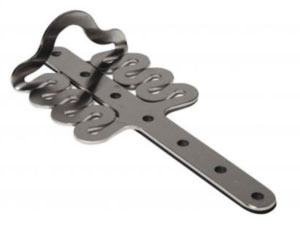ANCHORAGES
Anchorages can be certified, as they are engineered to meeting certain requirements or improvised through the knowledge of operators who can set a temporary anchorage systems for safe use.
ASNZS 1891.4 specifies performance requirements for anchors to be certified if they are permanently installed. An extract of these anchorage requirements is shown below:

As far as practicable, all single point one-person anchorages should meet the 15 kN requirement regardless of primary purpose.
Horizontal component of forces induced during a fall-arrest (multiplied by a safety factor of 2.0) is to be added as indicated in Clause 6.2.5 of ASNS 1891.4.
Anchorage strengths applicable when using a restraint technique (see Clause 2.2.5 of ASNS 1891.4) are either 15 kN or 12 kN depending on whether the ultimate fall risk is free fall or limited free fall.
“Ultimate strength” means that the anchorage may yield at the stated load but must not fail.
ASNZS 5532 provides manufacturers with guidance on testing anchorages for fall arrest systems.
Energy Absorbing Anchor or Static Anchor?

Regardless of whether the anchor is designed to be energy-absorbing or static (non-energy absorbing), the performance requirements are the same. Energy absorbing anchors will technically reduce the energy transferred to the building structure in the event of a fall event. This may offer the reduction in impact of damage to the structure.
Static anchors may be more suitable for other areas where the impact of a load becomes minimal. Either way, a person must still employ an intermediate connecting device that performs the role of reducing energy on the person in a fa fall event and hence the impact on the structure may or may not be relevant to the circumstances of use.
Static anchors are important for use in abseiling/rope access work as energy absorbing anchors will deform under load and will not be suitable for use after this occurs.
Careful consideration must be given to the selection and placement of anchor points.The WAHA recommend undertaking training direct with anchorage manufacturers, to ensure installation and testing requirements are comprehensively understood.
